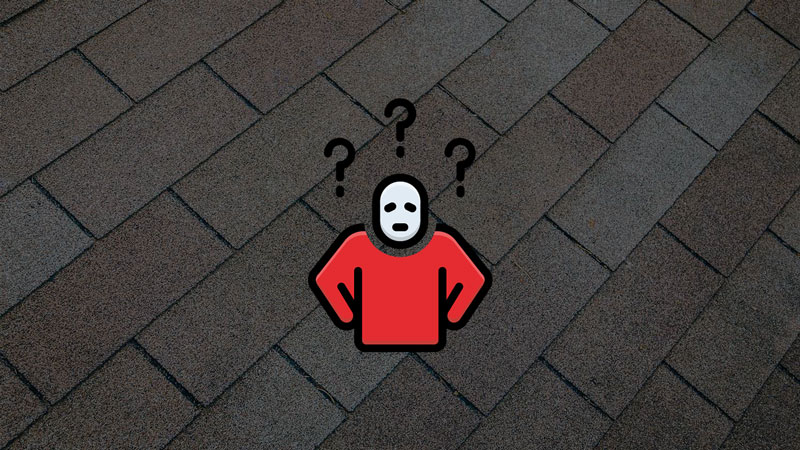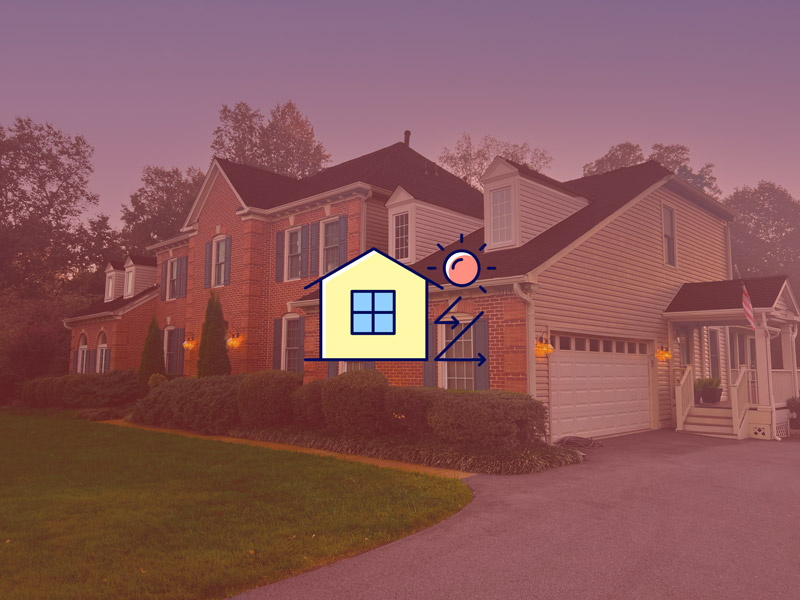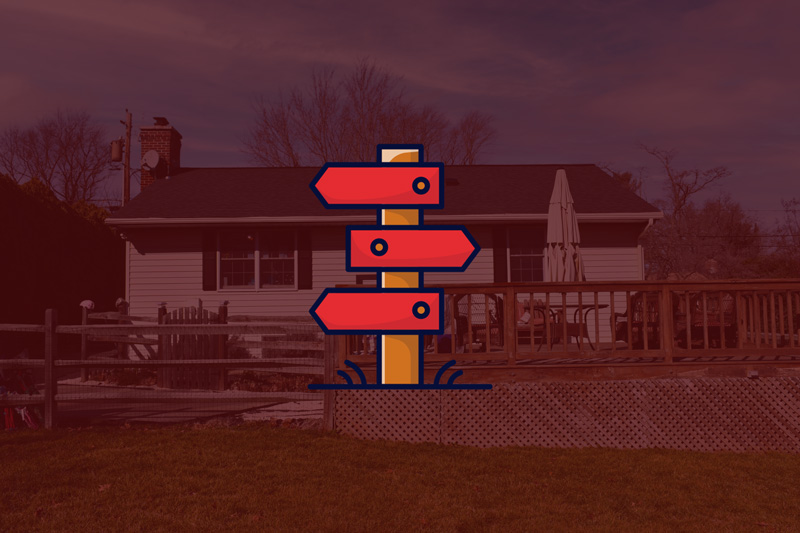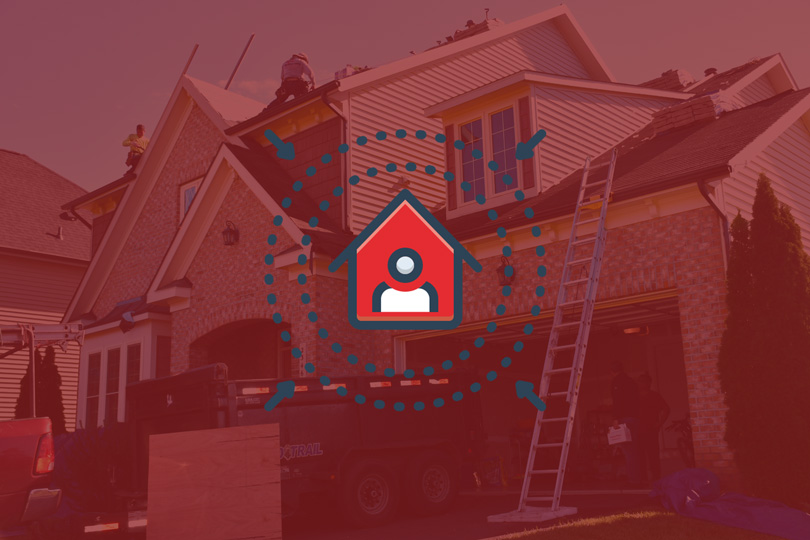Roof Bubbling Up: Understanding, Prevention, and Repair
Roof bubbling up may seem innocuous at first glance, but it’s a sign that something isn’t quite right with your roof. Those seemingly harmless bubbles or blisters on your roof’s surface can lead to more significant problems if left unattended. Water damage, structural issues, and increased energy bills are just a few of the potential consequences.

What are Roof Bubbles?
Defining Roof Bubbles
Roof bubbles, also known as roof blisters, are irregularities that can develop on the surface of your roofing materials. They often resemble small, raised areas or blisters, which can vary in size and appearance. These bubbles typically form when moisture becomes trapped beneath the roofing materials, causing them to separate or create a raised portion on your roof’s surface.
Variability in Size and Severity
Roof bubbles are not a one-size-fits-all issue. They can range from tiny, barely noticeable blisters to larger, more prominent bulges. The severity of roof bubbles can also differ, with some being purely cosmetic and others indicating potentially more significant underlying problems.
In some cases, roof bubbles may only affect a small section of your roof, while in others, they can spread across a larger area. The size and severity of these bubbles can vary based on several factors, including the type of roofing material, installation quality, and environmental conditions.
Visualizing Roof Bubbles
To help you visualize roof bubbles, imagine small, raised pockets on the surface of your roof that can resemble the appearance of bubbles or blisters on the skin. These irregularities can be particularly noticeable when sunlight casts shadows on your roof’s surface. When left unaddressed, they can not only compromise your roof’s aesthetics but also lead to more significant issues like leaks and water damage.

Causes of Roof Bubbling Up
Heat and Temperature Fluctuations
Roof bubbling up can often be traced back to the relentless dance of heat and temperature fluctuations that your roof experiences. During hot sunny days, your roof heats up significantly, causing the roofing materials to expand. Conversely, as the temperature drops, the materials contract. This constant expansion and contraction can create stress on your roof, making it more vulnerable to developing bubbles or blisters.
Imagine your roof as a surface that swells and shrinks with the changing weather. Over time, this repetitive stress can weaken the roofing materials, leading to the formation of those telltale bubbles.
Poor Installation Practices
Another key culprit behind roof bubbling is poor installation practices. When roofing materials are not properly installed, they may not adhere securely to the underlying structure. This lack of proper adhesion can allow air and moisture to become trapped beneath the roofing materials.
- Consider this scenario: during installation, if a section of roofing is not sealed correctly or if air pockets are left behind, it can create the ideal conditions for roof bubbles to develop. Inadequate installation practices can turn a seemingly well-constructed roof into a bubble-prone surface.
Moisture Accumulation
Moisture is the third player in the roof bubbling saga. It can infiltrate your roofing system through various means, such as leaks, damaged shingles, or improper ventilation. Once moisture finds its way beneath the roofing materials, it becomes trapped and can create pockets of dampness.
Think of moisture as the fuel for roof bubbles. When it accumulates beneath your roof’s surface, it can weaken the adhesive bonds, causing the roofing materials to separate or blister. Over time, these pockets of moisture can expand, exacerbating the issue and potentially leading to more significant damage.
Real-Life Examples
To illustrate these causes, consider the following scenarios:
- The Hot Summer Bake: In the scorching summer heat, your roof expands, but if it was poorly installed or already had some moisture issues, bubbles can start forming as the roofing materials struggle to accommodate the temperature-induced changes.
- The Sneaky Leak: A small roof leak, often unnoticed, allows moisture to creep beneath your roofing materials. As the seasons change and temperatures fluctuate, this moisture can lead to the emergence of roof bubbles.

Signs and Dangers
When it comes to your roof’s health, early detection is key. Here are some common signs that you might have roof bubbles:
- Visible Bubbles or Blisters: The most obvious sign is the presence of raised areas or blisters on your roof’s surface. These may appear as irregularities, bumps, or pockets of air beneath the roofing materials.
- Cracked or Peeling Paint: If your roof has bubbles, it can affect the paint or coating on the surface. You might notice paint that is cracking, peeling, or blistering, mirroring the condition of your roof beneath.
- Interior Water Damage: While roof bubbles are exterior issues, their consequences can seep inside. Water may find its way through the compromised roofing materials, causing stains, dampness, or even visible leaks on your ceilings or walls.
The Potential Dangers
Ignoring these warning signs can lead to more significant problems down the road. Roof bubbles might seem harmless, but they can be indicators of underlying issues that, if left unaddressed, can escalate:
- Leaks: Roof bubbles can allow water to infiltrate your roofing system, leading to leaks during heavy rainfall. These leaks can damage your home’s interior, including your insulation, drywall, and even your belongings.
- Structural Damage: Over time, the trapped moisture beneath the roofing materials can weaken the structural integrity of your roof. This can result in sagging or even the need for costly repairs or replacements.
- Energy Inefficiency: Roof bubbles can affect your home’s energy efficiency. The compromised roofing materials may reduce your roof’s insulation properties, causing fluctuations in indoor temperatures and increasing your energy bills.

Prevention and Maintenance
Preventing Roof Bubbling Up
Preventing roof bubbling up is not only cost-effective but also crucial for the longevity of your roof. Here are some practical tips to keep those bubbles at bay:
Proper Ventilation and Insulation:
Ensuring your attic and roof have adequate ventilation and insulation can go a long way in preventing roof bubbles. Proper ventilation helps regulate temperature and humidity, reducing the chances of moisture buildup that can lead to bubbles. Adequate insulation also helps maintain a consistent temperature on your roof’s surface, minimizing the expansion and contraction that can cause bubbles.
Regular Roof Inspections:
Regular roof inspections are your first line of defense against roof bubbles. Consider scheduling professional roof inspections at least once a year, preferably in the spring or fall. Inspectors can identify early signs of damage, including potential bubbles, and address them before they worsen. DIY inspections can also be beneficial, but be cautious when walking on your roof to avoid causing further damage.
Quality Roofing Materials and Installation:
Investing in high-quality roofing materials and professional installation can significantly reduce the risk of roof bubbling. Choose roofing materials known for their durability and resistance to moisture. When it comes to installation, hiring experienced roofing contractors who follow industry best practices is essential. Properly installed roofing materials are less likely to develop bubbles over time.
Maintaining Your Roof’s Lifespan
Routine maintenance is the key to extending your roof’s lifespan and preventing issues like roof bubbling. Regularly clear debris from your roof, such as leaves and branches, to prevent water accumulation. Check and clean your gutters to ensure proper drainage. Promptly address any leaks or damaged shingles to prevent moisture from seeping beneath the roofing materials.

Repairing Roof Bubbles
Preventing Roof Bubbling Up
Preventing roof bubbling up is not only cost-effective but also crucial for the longevity of your roof. Here are some practical tips to keep those bubbles at bay:
Proper Ventilation and Insulation:
Ensuring your attic and roof have adequate ventilation and insulation can go a long way in preventing roof bubbles. Proper ventilation helps regulate temperature and humidity, reducing the chances of moisture buildup that can lead to bubbles. Adequate insulation also helps maintain a consistent temperature on your roof’s surface, minimizing the expansion and contraction that can cause bubbles.
Regular Roof Inspections:
Regular roof inspections are your first line of defense against roof bubbles. Consider scheduling professional roof inspections at least once a year, preferably in the spring or fall. Inspectors can identify early signs of damage, including potential bubbles, and address them before they worsen. DIY inspections can also be beneficial, but be cautious when walking on your roof to avoid causing further damage.
Quality Roofing Materials and Installation:
Investing in high-quality roofing materials and professional installation can significantly reduce the risk of roof bubbling. Choose roofing materials known for their durability and resistance to moisture. When it comes to installation, hiring experienced roofing contractors who follow industry best practices is essential. Properly installed roofing materials are less likely to develop bubbles over time.
Maintaining Your Roof’s Lifespan
Routine maintenance is the key to extending your roof’s lifespan and preventing issues like roof bubbling. Regularly clear debris from your roof, such as leaves and branches, to prevent water accumulation. Check and clean your gutters to ensure proper drainage. Promptly address any leaks or damaged shingles to prevent moisture from seeping beneath the roofing materials.
Please Share!






